As global warming surpasses 1.5ºC, Anna Beckett looks at how sustainable design can still make a difference, even on the margins
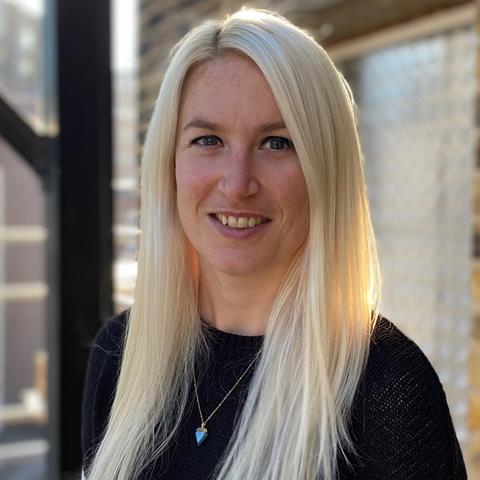
Earlier this year we passed a key climate change milestone; for the first-time global warming exceeded 1.5ºC for an entire year. It’s an important and somewhat terrifying point in history, that we knew was coming but have failed to take big enough steps to prevent. The idea of global warming was first suggested by an amateur scientist in 1938 (and was mostly ignored) and the idea that CO2 levels were rising was proved in 1958. And yet here we are, in 2024, trying to deal with an issue that we’ve had 80 years to figure out.
We all know that the construction industry is responsible for almost 40% of global carbon emissions, but if we’re going to breach that critical 1.5ºC limit anyway, are we fighting a losing battle? Or are we actually in a position where we can make decisions that can really make a difference? Decisions that could stop us from getting to the significantly more catastrophic 2ºC.
As consultants, we’re finding that most clients are significantly more interested in sustainability than they might have been even a few years ago and changing planning restrictions, especially in London, are helping to bring sustainable design to the top of the agenda. But there’s still a reluctance to compromise designs for sake of reducing carbon.
We’re still trying to design within a framework that isn’t set up to facilitate sustainable design. Plus, when it comes to the structure, there are still some buildings which have to be designed with structural materials that we know have a high embodied carbon because we simply haven’t developed anything more sustainable to replace it.
So what should we do if we have a client who simply isn’t interested in sustainability? Or if we’re working on a project where a highly sustainable design doesn’t seem like a practical option? Abandon all hope? Accept that this project just won’t be that sustainable? Or look for opportunities to do it anyway?
In the sustainability hierarchy the first consideration is always “build nothing”, but assuming we’ve considered that option and ruled it out then the following two considerations are “build less” and “build clever”. Ideas that could be applied to any project, regardless of the client’s approach or the building type. And when it comes to the structure, applying these ideas to the projects that we might consider to be the worst in terms of sustainability can have a huge impact.
If we’re truly trying to reduce our impact on the planet then we have to find opportunities to save carbon on every project, not just the ones that we know will be easy
On a large project, where the only viable option appears to be a concrete frame, optimising the structural solution can have an enormous impact on carbon. By considering multiple structural arrangements and using computational tools to improve the design, the amount of material required can be significantly reduced. In a concrete structure, reductions in the amount of material required in the upper floors can have a significant impact on the size of the foundations required. All of this helps us to reduce the materials required and ultimately build less.
So while the projects I’m describing are probably never going to be thought of as sustainable because the embodied carbon will always be high, the opportunities for carbon savings can far outweigh the savings that you might make on a small office retrofit project.
Many consultants argue that they get involved with projects that they know are unsustainable for exactly this reason – because they believe that by being involved, they can ensure that the project is the best it possibly can be. And if they weren’t involved then someone less conscientious would do it anyway. But we have to make sure that we’re really living up to that idea.
If we’re taking on a project that is characteristically unsustainable, then we have to do everything we can to make carbon savings throughout the design. If we’re truly trying to reduce our impact on the planet then we have to find opportunities to save carbon on every project, not just the ones that we know will be easy.
Postscript
Anna Beckett is an associate director at Buro Happold


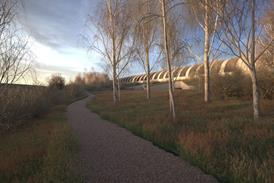
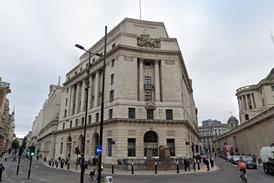
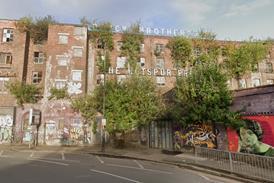
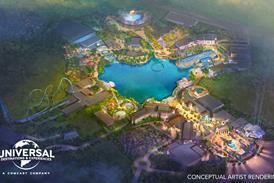










No comments yet